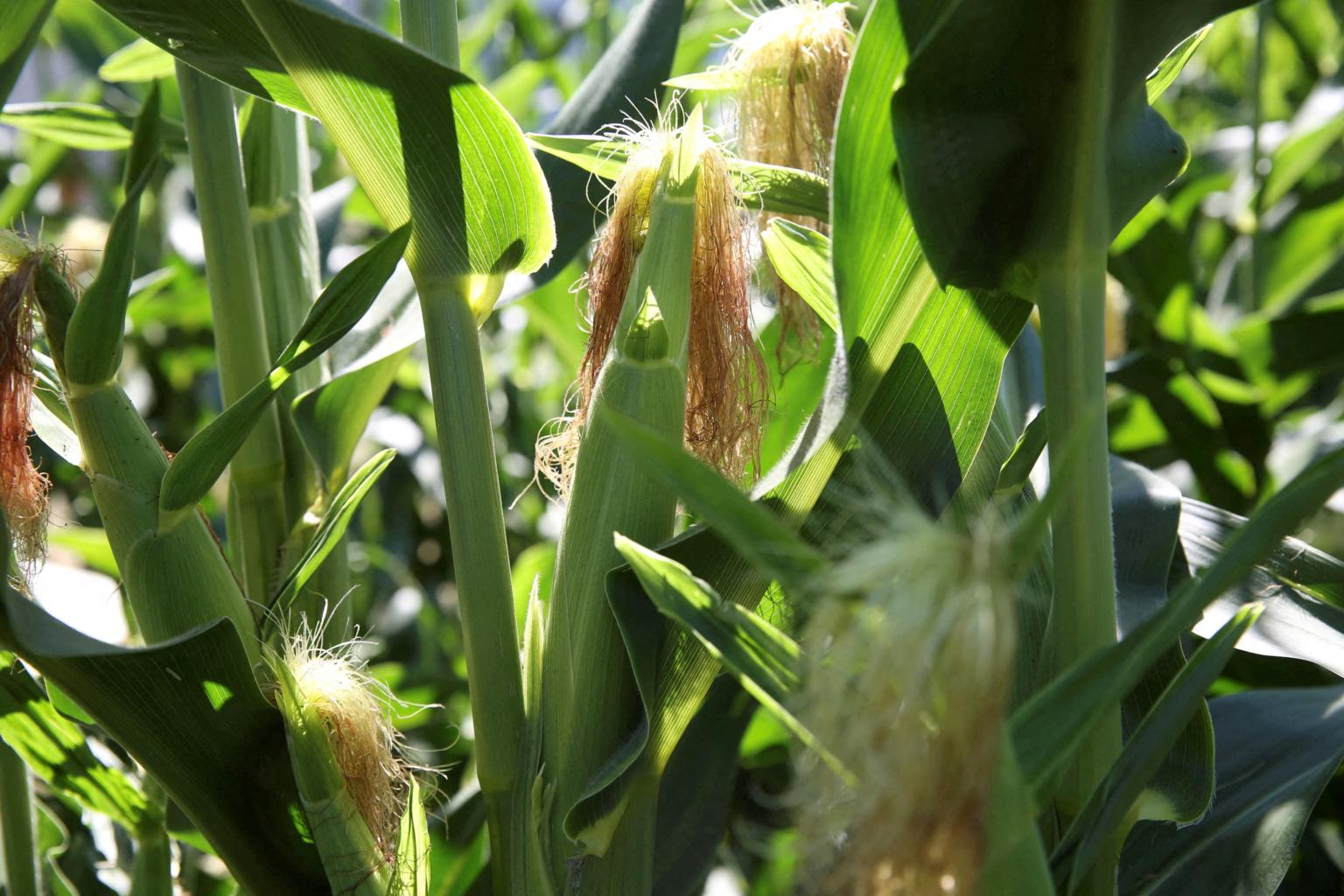China buying up US corn, soybeans as Ukraine war roils trade
Sign up now: Get ST's newsletters delivered to your inbox

China's imports of corn, soybeans and wheat have soared to record levels.
PHOTO: REUTERS
Follow topic:
CHICAGO (BLOOMBERG) - China is scooping up United States corn and soya beans as part of efforts to mitigate the risks to commodity supplies from Russia's war in Ukraine and slower harvests in South America.
Chinese buyers recently booked about 20 cargoes of American soya beans and about 10 shipments of corn, according to traders who asked not to be identified. The buying spree reflects robust demand in the top importer as worries over supplies grow following Russia's invasion of Ukraine and weaker-than-expected supply from Brazil, the world's biggest soya bean producer.
Food security is a critical priority for Beijing as the nation's imports of corn, soya beans and wheat have soared to record levels, increasing its vulnerability to trade tensions and supply shocks. Top officials have issued orders to ensure commodity supplies, sparked by concerns over Black Sea trade disruptions.
Russia and Ukraine are among the biggest exporters of major grains like wheat and corn, and also vegetable oils used in cooking. As shipments from the two countries grind to a virtual standstill, prices of many agricultural commodities have soared. China is a major buyer of corn and barley from Ukraine, as well as sunflower oil from both Ukraine and Russia.
Those purchases come after the phase-one deal agreement between China and the US expired without agriculture targets being met. Through December, the US exported US$34 billion (S$46 billion) of agriculture to China, short of a US$40 billion target, according to US Census Bureau data.
While both countries are talking about extending the deal, it is expected that China will buy more American products to secure needed grain supply amid tight world stocks.
Benchmark soya bean futures were steady in Chicago on Friday after jumping as much as 2.2 per cent on Thursday. Corn extended gains to the highest since 2012.
The US soya purchases are for shipment from May, the traders said. That is unusual as Brazilian soya beans are historically cheaper than American for this time of year, right after the harvest that takes place in February and March and before the US harvest in October and November.
Prospects of a record Brazilian soya crop this year were shattered by weather woes that ended up delaying the harvest, and exports, far behind initial estimates.
This lack of immediate supply is seen on huge ship line-ups outside ports in Brazil as well in premiums for the crop. Brazilian soya bean future contracts from Santos are higher than those from the US Gulf this year - a sign that supplies from the world's biggest producer and exporter are smaller and more demand should go to the US.
For corn, China is seeking to replace some supplies from Ukraine and also as a buffer against future production losses, the traders said. Ukrainian corn is usually planted in April and May, and the ravages of war, a shortage of farm workers and chaos around transportation and logistics may put those crops in jeopardy.
Brazil, usually the third or fourth biggest corn exporter, is struggling to replenish depleted stocks after a smaller-than-expected second corn crop harvest last May. The US Department of Agriculture has lowered Brazil's corn crop estimate to 103 million tonnes from its initial 107 million estimate.

